TLDR
Yes, a septic tank can be inspected in the winter. Cold weather creates extra challenges like frozen ground and limited access, but professional inspectors have tools and methods to perform accurate checks. Expect higher costs and longer times, but inspections remain possible and important.
Why Seasonal Timing Matters for Septic Inspections

Septic tanks function year-round, but winter creates unique challenges. Scheduling inspections in the wrong season can delay results or add costs.
- How weather affects septic system accessibility
Cold weather makes it harder to locate and access system components. Snow cover hides tank lids and drain fields. Frozen soil requires extra effort to dig or expose risers.
- Differences between summer and winter inspections
Summer inspections are faster and more straightforward. Inspectors can easily check the drain field, soil absorption, and tank lid. Winter inspections require more time, equipment, and planning.
- Soil freezing and the frost line impact
When soil freezes below the frost line, access points can lock under ice. Inspectors often use heated tools or jackhammers to expose lids. This adds both time and labor costs.
Challenges of Septic Inspections in Cold Weather
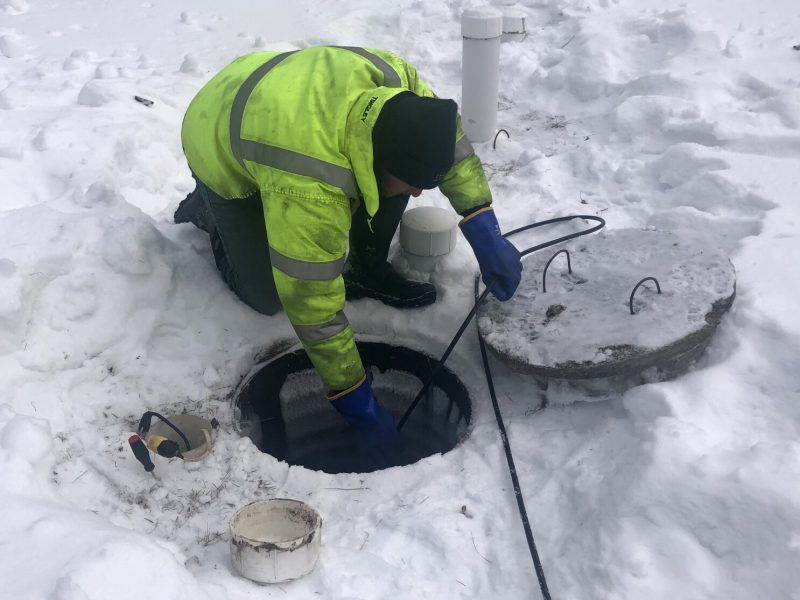
Winter septic inspections present obstacles that do not exist in warmer months.
- Frozen ground and limited tank access
Frozen soil makes digging almost impossible without heavy tools. Tanks without risers are especially difficult to reach.
- Drain field and soil absorption testing issues
Testing how the drain field absorbs water is limited in winter. Frozen soil prevents proper percolation testing, so inspectors rely on alternative methods.
- Risks of septic tank pumping in winter
Cold weather makes pumping risky. Pumping when the ground is frozen can cause the tank to float or shift if not managed correctly. Professionals at Sewer Solutions handle this carefully to prevent damage.
How Inspectors Perform Winter Septic Inspections
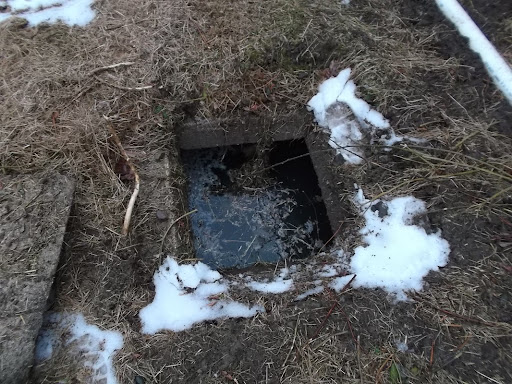
Even with challenges, winter inspections are possible with the right equipment and methods.
- Tools and methods used in frozen conditions
Inspectors use heated probes, steam equipment, or electric jackhammers to reach the tank. Some also use thawing blankets to soften frozen soil.
- Role of risers and access points
Septic tanks with risers installed above grade are easier to inspect in winter. Homeowners who plan to sell or maintain their property year-round should consider adding risers for easier access.
- Camera and sensor technology for inspections
Video cameras and digital sensors help inspectors check the condition of pipes and tanks without digging. These tools are critical during cold weather inspections.
Cost and Time Considerations for Winter Septic Tank Checks
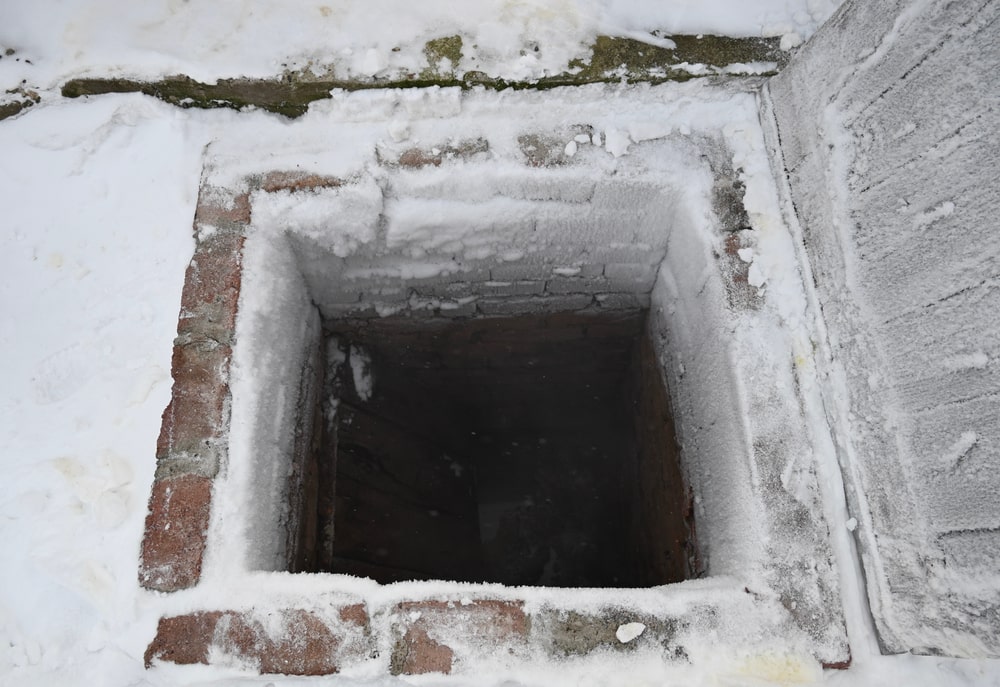
Expect inspections in winter to cost more and take longer compared to summer. Homeowners comparing septic inspection pricing should keep in mind that seasonal factors like frozen soil, snow cover, and limited access drive costs higher.
- Average inspection cost in winter vs other seasons
Standard inspections range between $300 and $500. In winter, costs rise by $100 to $300 due to extra labor and tools.
- Possible delays due to weather
Heavy snowfall or deep frost can delay the inspection process. Scheduling flexibility is important during this season.
- Budgeting for emergency winter septic issues
If an emergency backup occurs in winter, costs increase further. Emergency calls often range from $600 to $1,200 depending on severity.
Winter Septic Maintenance Tips for Homeowners
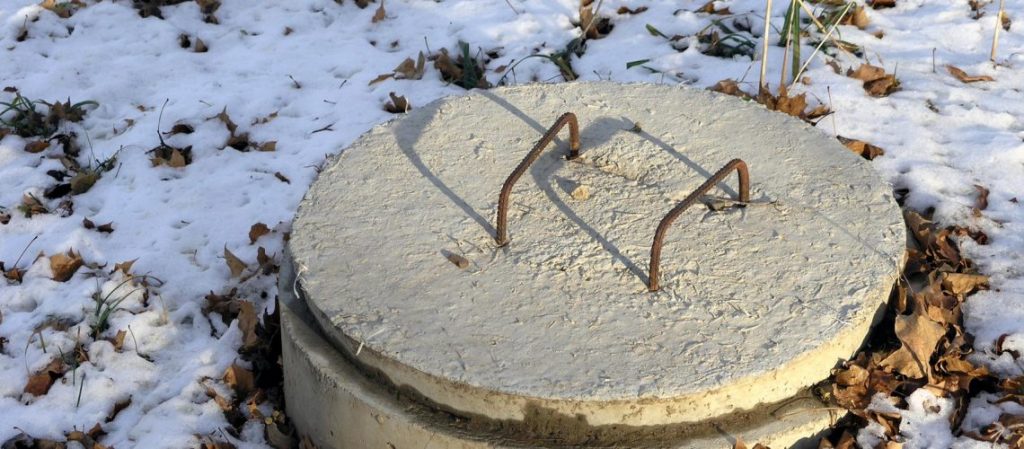
Preventing problems during winter reduces inspection and repair costs.
- Preventing frozen septic lines
Insulate pipes, keep drains flowing, and avoid long gaps between water use. Frozen lines are one of the most common winter failures.
- Proper snow cover and insulation
Snow acts as natural insulation. Avoid removing snow directly above the septic tank and drain field.
- Avoiding heavy equipment over frozen fields
Driving vehicles or placing heavy loads over frozen ground can crack pipes or damage the drain field. Keep the area clear.
Buying or Selling a Home in Winter? What to Know About Septic Inspections

Real estate transactions often require septic inspections even in winter.
- Real estate requirements in cold climates
Lenders and buyers typically require proof of septic system health. Inspections in winter are still valid, but with limitations noted.
- Alternative testing methods for frozen drain fields
When drain field tests are impossible, inspectors use dye testing or camera inspections. These provide partial but reliable evaluations.
- How inspectors document seasonal limitations
Professionals like Sewer Solutions include detailed notes on what was inspected and what was limited by weather. This protects both buyers and sellers.
Best Time of Year to Schedule a Septic Inspection
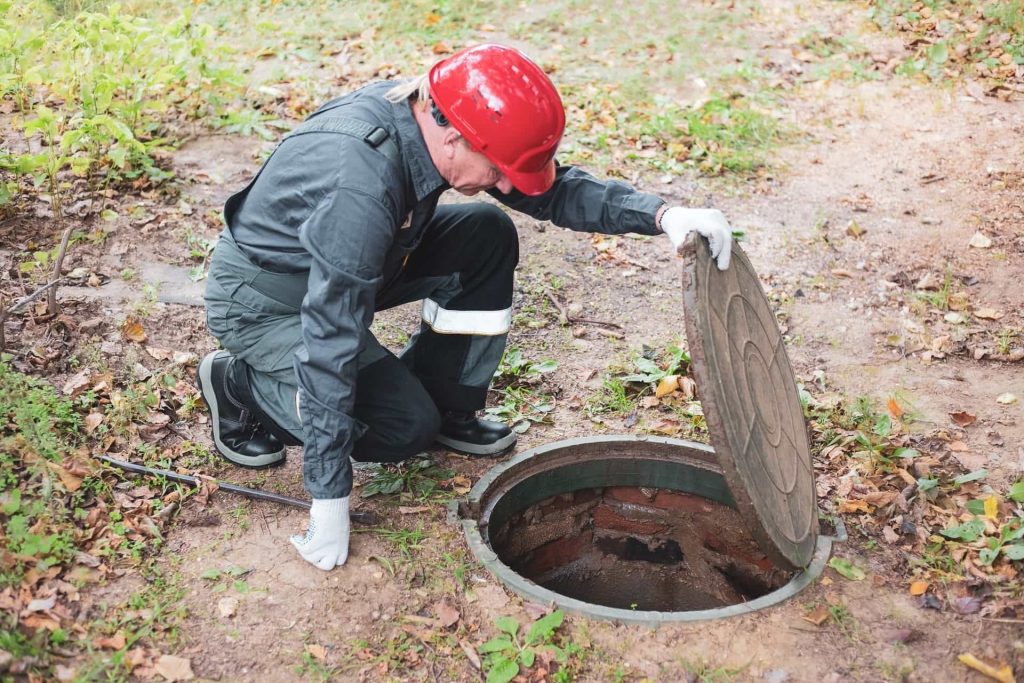
While winter inspections are possible, other seasons are often better.
- Ideal inspection seasons
Spring and fall are the best times for full inspections. Soil is soft, conditions are mild, and access is easier.
- When winter inspections are unavoidable
Winter inspections are unavoidable during emergencies or when buying or selling a property. In these cases, professional inspectors adapt methods to the season.
- Preparing ahead of seasonal weather changes
Plan inspections before deep freezes set in. Scheduling in late fall avoids most winter complications.
Final Thoughts on Winter Septic Inspections
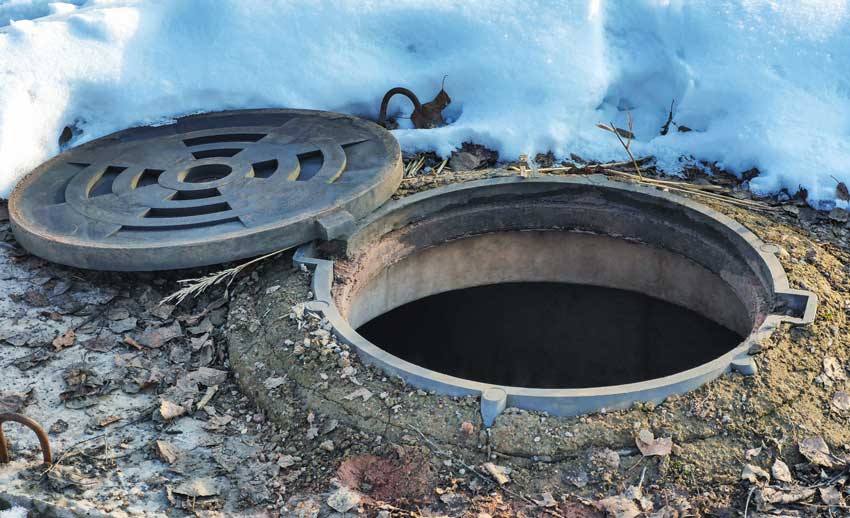
Septic tanks can be inspected in winter, but the process requires more skill, time, and cost. Frozen ground, limited access, and hidden components add challenges, yet professional tools and experience make inspections possible. Sewer Solutions recommends planning ahead, but if winter inspections are necessary, trust experts who know how to work in cold weather conditions. Proper maintenance and timely checks protect your septic system year-round.